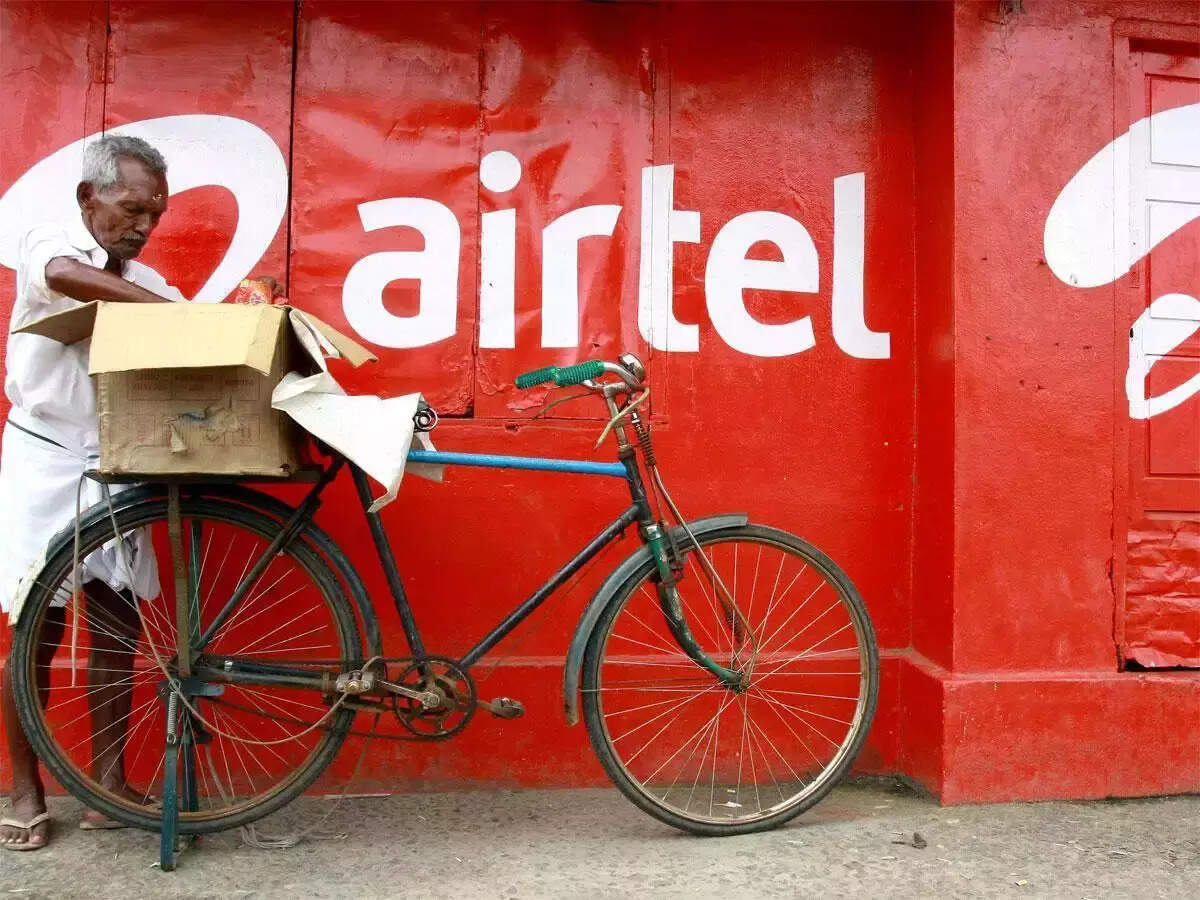 With an eye on quality users, telecom player Airtel has risked churn in its subscribers by significantly enhancing minimum recharge plans for prepaid users in two telecom markets.
With an eye on quality users, telecom player Airtel has risked churn in its subscribers by significantly enhancing minimum recharge plans for prepaid users in two telecom markets.
India has over 1 billion mobile users but about 350 million subscribers are still legacy subscribers ie 2G with access to only voice and message services and contribute less than Rs 50 to average revenue per user (ARPU). Besides, another 30 million 2G and 3G data subscribers who also contribute negligible to ARPU.
Prepaid users form 90% of total mobile subscribers of telecom operators and have always enjoyed multiple benefits as players look to retain them in such a competitive market.
Airtel’s move to enhance tariffs by as much as 57% has come across as a bold and surprising move as market experts were expecting a minimal tariff hike in minimum recharge plans which are mainly for 2G users.
The move is in line with the plan of limiting legacy and 2G/3G pack offerings and focus more on offering 4G/5G packs which will drive a mass upgrade wave.
However, the strategy to increase baseline tariffs could backfire. The churn rate could go even higher and new mobile additions may decrease and the ultimate revenue impact could be much less if the strategy is applied pan India.
The rollout cost of 5G along with spectrum cost has put telecom players in a dock and not to mention the expansion cost of 4G network. There has been talk of a mobile tariffs hike, which was last undertaken in November 2021, to improve the financial health of the industry ultimately enabling an increase in revenues.
The average mobile data prices in India, which is the fastest growing mobile market in the world, is at around $0.3 per GB which is still one of the lowest globally with the cheapest data plan costing just $0.1 per GB. This gives telecom players enough headroom for a tariff revision. Besides, the aggregate cost of 5G roll out in India will be the highest at up to $75 billion among 15 emerging nations between 2020-35, according to a latest report.
Tariffs have been the talk of the town lately with Airtel CEO Gopal Vittal mentioning that industry ARPUs are not sustainable and should improve to Rs 200 in the near term and Rs 300 in the long term. Vi CEO Akshaya Moondra also echoed similar views and said “…despite the price intervention made in the last one year, the tariffs in India continue to remain at unsustainable levels. And we believe that industry needs further tariff correction to support the continued investments going forward.”
However, analysts say the impact on revenue could be much smaller if it becomes the base plan for India as the churn rates could also increase due to potential SIM consolidation limiting the benefit on revenues.
It’s a risky proposition and much would depend on competition as well – if Reliance Jio and Vodafone Idea follow suit and enhance prepaid tariffs. Let’s wait and watch if Airtel’s bold move will yield expected results.
.

